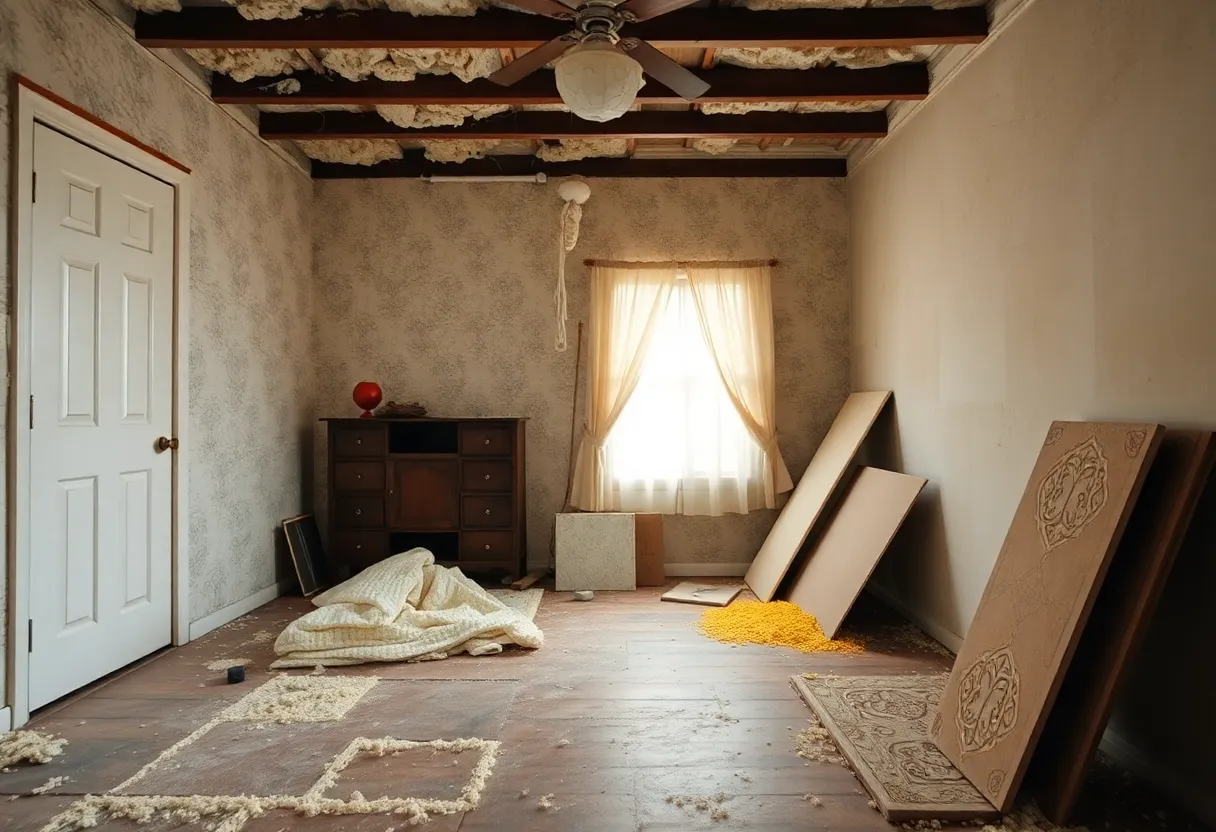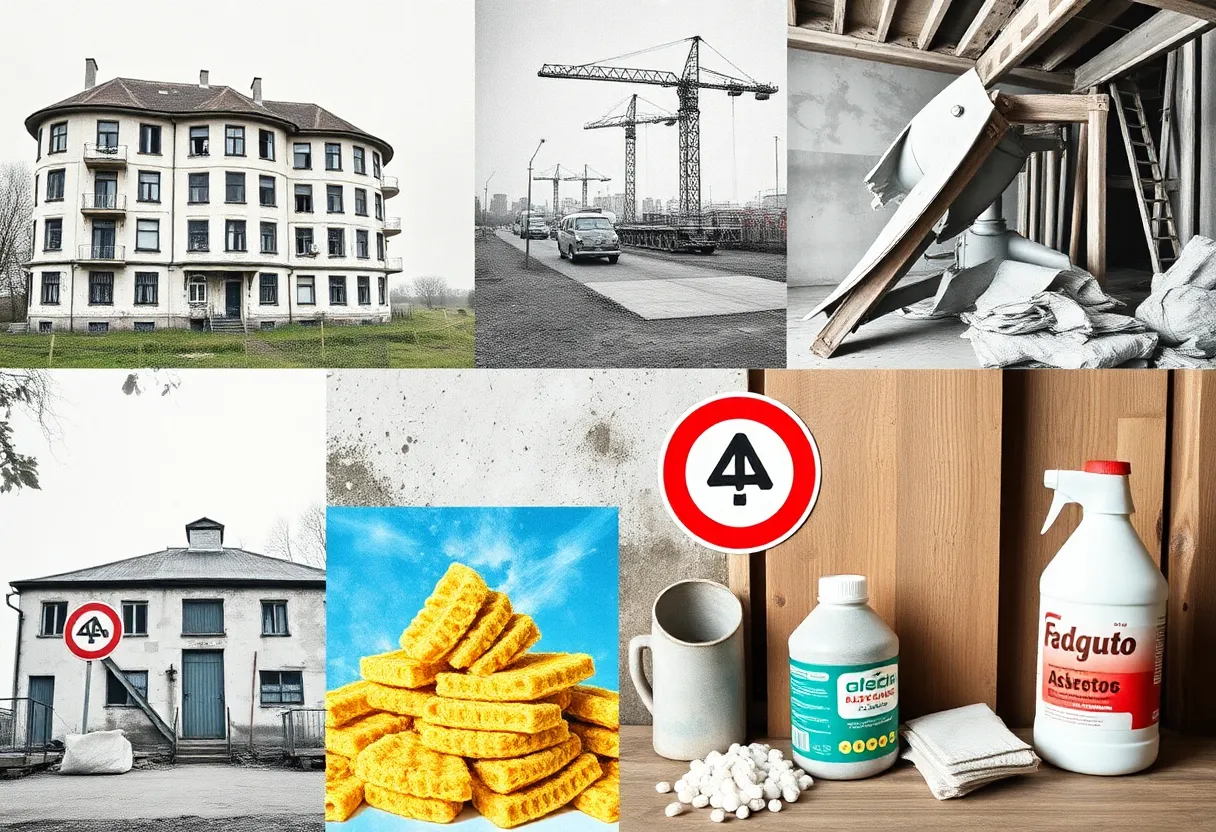News Summary
Philadelphia School District intensifies efforts to manage asbestos, ensuring student safety amid scrutiny and federal oversight.
Philadelphia Schools Under Pressure to Address Asbestos Issues
In a move to secure the safety of students and staff, the Philadelphia School District is ramping up its efforts to address a long-standing issue: asbestos. The district has faced scrutiny over its management of asbestos within school buildings, which poses serious health risks linked to various forms of cancer and lung disease. Recent reports highlight both the challenges and progress being made in the ongoing battle against this hazardous material.
Current Status of Asbestos Inspections and Repairs
Recently, the Philadelphia School District has made strides in its asbestos management program. According to officials, every school in the district is now up to date with its inspections and maintenance schedule concerning asbestos. The district conducts around 600 inspections annually across its approximately 300 buildings, ensuring compliance with federal regulations.
However, this wasn’t always the case. In the past, issues surrounding inspection and remediation management led to several school closures, relocations, and significant concern among parents and staff. William Meredith Elementary, Frankford High, and several other schools have faced disruptions due to asbestos-related problems. Frankford High has been particularly affected, operating in two different locations during the current school year due to damage caused by asbestos, with hopes for full operation in its original building by the 2025-26 school year.
Historical Context of Asbestos in Schools
Asbestos, widely used in construction materials until the late 1970s, is a material that can pose serious health hazards when disturbed, leading to potential lung damage and cancer. Alarmingly, nearly 300 of the district’s 339 buildings contain asbestos, with more than 200 constructed before 1978 and an average building age of 73 years. Some of the oldest educational institutions in the district date back approximately 120 years.
Investments and Improvements in Asbestos Management
The district is ramping up its asbestos management spending, with expenditures jumping from $10.2 million in the 2020-21 fiscal year to $55.7 million for the current school year. To support these efforts, the environmental management staff has been expanded from 21 to 39 team members, ensuring that more resources are allocated to the crucial task of keeping school environments safe for students and staff.
Deferred Prosecution Agreement with Federal Authorities
In light of the issues related to its asbestos management, the Philadelphia School Board voted to enter into a deferred prosecution agreement (DPA) with the U.S. Department of Justice. This agreement will provide the district with a five-year window within which to rectify its asbestos problems, following a history of poor management practices, including questionable methods such as using duct tape to cover exposed asbestos.
A total of 31 schools were identified with asbestos-related issues between 2015 and 2023, underscoring the scale of the problem. If the district fails to comply with the requirements outlined in the DPA, it could face criminal sanctions, marking the first incident of a school district encountering environmental criminal allegations under the Asbestos Hazard Emergency Response Act (AHERA).
Future Directions and Compliance Monitoring
The implications of the DPA are significant. During this probationary period, Philadelphia’s School District is required to enhance its oversight of asbestos management closely. Comprehensive inspections must occur every three years, with interim checks every six months for any buildings containing asbestos to ensure compliance with federal regulations.
Furthermore, swing spaces have been implemented, allowing schools in need of relocation due to environmental conditions to ensure continuity in education. Currently, all district buildings are inspected twice a year, reinforcing the priority placed on student and staff safety.
Conclusion: Striving for a Healthier Learning Environment
As the district continues navigating the challenges posed by asbestos, officials, including the Superintendent, emphasize that progress has been made in enhancing the health and safety of learning environments throughout Philadelphia. With significant investments and a clear focus on compliance, the district aims to provide a safe and conducive atmosphere for all its school communities.
The next steps will depend heavily on the successful execution of the terms set forth in the DPA and the commitment of the district to uphold its legal obligations, ensuring that all students remain in schools free from the threats posed by hazardous materials.
Deeper Dive: News & Info About This Topic
HERE Resources
Chrysotile Asbestos Ban Under Fire: A Dangerous Game of Reconsideration
Judicial Ruling Pauses Auction of CARD Assets Amid Legal Turmoil
An Asbestos Dilemma: Mecklenburg County vs. Peebles Corporation in Brooklyn Village Project
Philadelphia School District Faces Federal Charges Over Asbestos Violations
Asbestos Under Fire: EPA’s Reconsideration Sparks Controversy
Trump Administration Reconsiders Chrysotile Asbestos Ban, Igniting Health Concerns
Unmasking the Asbestos Threat in Supermarkets: A Hidden Danger
Philadelphia Schools Face Criminal Charges Over Asbestos Violations
EPA Motion Sparks Alarm Among Mesothelioma Advocates
Controversial Asbestos Removal Plan for New Fire Station



















